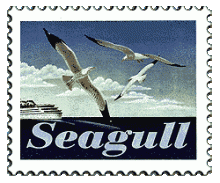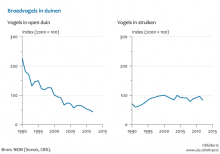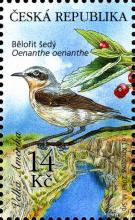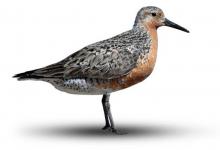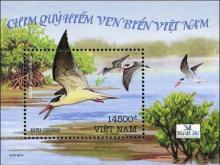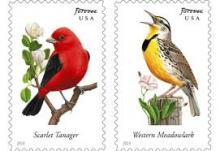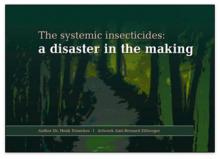Study: Lack of marine food cuts Strait of Georgia seagull population in half
Researchers from the University British Columbia say the number of seagulls in the Strait of Georgia has drastically declined and it could be because of what they're eating. A recent study shows the population Glaucous-winged Gulls, the most common species of seagull in the region, has declined by 50 per cent in the last three decades. Researchers say the decline reflects changes in the availability of marine food. “These birds are the ultimate generalist — they can eat whatever’s around,” says the study’s lead author Louise Blight. “If they are experiencing a population decline, the gulls may be telling us that there have been some fairly profound changes to local marine ecosystems.” Gulls historically relied on almost a purely marine diet, largely eating small fish and shellfish, but over time moved to a diet that incorporated more foods found on land, such as garbage and earthworms. “They’re presumably turning to land-based prey sources because the things they prefer to eat are less available,” says Blight, explaining that there are now likely both fewer forage fish and a lower diversity of these fish in coastal waters than there was prior to industrial fishing, and that gulls need fish foods to breed successfully.

